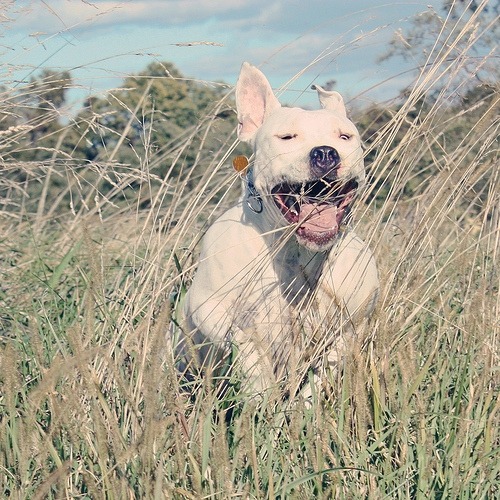With spring the good weather arrives and it is when the plants and trees begin to bloom and the ears also appear. Some grasses that are very common in our area, form spikes with harpoon-shaped seeds that can be very easily nailed into the hair or skin of our pets. When these spikes are nailed, they create an entrance hole in the skin and they can advance without the ability to go back and this is where they can create big problems. They can not only enter through the skin also through any hole: nose, ears, eyes, etc.
What can indicate that our pet has a nailed spike?
- Shaking the ears or head: the spikes can enter our pet’s ears and cause acute pain, discomfort and that is why they begin to shake the ears. Sometimes, dogs with a lot of hair on the ears (Cocker’s type), the spike can get caught in the hair around the ear and gradually migrate into the ear canal. If so, it can cause irritation and if the spike stays in the same place it can trigger an ear infection.
- Sneezing: spikes can enter the nostrils of our pets while sniffing during the walk and cause sudden sneezing and discomfort in the nose area. Thus, it can be observed that the animal does not stop rubbing its nose with its legs or other objects.
- Cough: Sometimes the spikes can enter through the mouth and go into the lungs causing a cough that is not resolved with antibiotics.
- Inflammation or irritation of the eyes: The spikes can also be embedded in the medial edge of the eye, between the third eyelid and the cornea. This causes intense pain and the animal may begin to close its eye, blink more than necessary and even rub itself intensely, causing the appearance of an ulcer on the cornea.
- Licking compulsively the paws: when walking the spikes can get stuck in the hair of the paws. If not removed, these can migrate under the skin and cause small abscesses that manifest as red nodules that the animal does not stop licking. If not checked well, these spikes can migrate more internally into the skin of the legs.
- Swelling of the neck and mouth: some spikes can get caught between the teeth of our pets and cause inflammation. They can also migrate down the throat and cause abscesses in the neck area.
Why is it important to check our pet after the walk and remove the spikes?
It is important that after a good walk we spend a few minutes reviewing the skin, especially the area of the ears and feet (area of the foot and interdigital pads). Spikes can not only irritate and cause pain, but there have also been cases where they can migrate internally. Internal migration can lead to infections in cavities such as the chest (pyothorax) or in the abdominal cavity (peritonitis). These cases are the most serious and can endanger the life of the animal.








